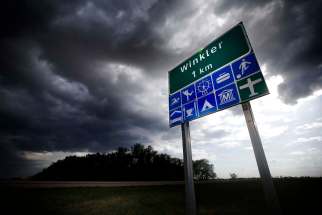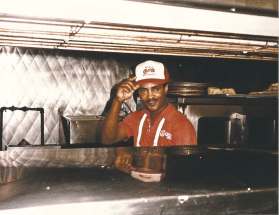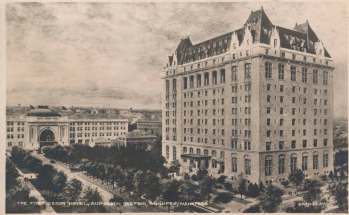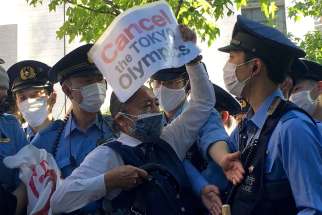Sagkeeng begins search for unmarked burial sites
Read this article for free:
or
Already have an account? Log in here »
To continue reading, please subscribe:
Monthly Digital Subscription
$0 for the first 4 weeks*
- Enjoy unlimited reading on winnipegfreepress.com
- Read the E-Edition, our digital replica newspaper
- Access News Break, our award-winning app
- Play interactive puzzles
*No charge for 4 weeks then price increases to the regular rate of $19.00 plus GST every four weeks. Offer available to new and qualified returning subscribers only. Cancel any time.
Monthly Digital Subscription
$4.75/week*
- Enjoy unlimited reading on winnipegfreepress.com
- Read the E-Edition, our digital replica newspaper
- Access News Break, our award-winning app
- Play interactive puzzles
*Billed as $19 plus GST every four weeks. Cancel any time.
To continue reading, please subscribe:
Add Free Press access to your Brandon Sun subscription for only an additional
$1 for the first 4 weeks*
*Your next subscription payment will increase by $1.00 and you will be charged $16.99 plus GST for four weeks. After four weeks, your payment will increase to $23.99 plus GST every four weeks.
Read unlimited articles for free today:
or
Already have an account? Log in here »
Hey there, time traveller!
This article was published 19/07/2021 (1604 days ago), so information in it may no longer be current.
Sagkeeng First Nation is bracing for difficult revelations, with a ground-penetrating radar search of its former residential school grounds starting Tuesday morning.
“This is going to be a difficult time for our people,” Sagkeeng Chief Derrick Henderson told the Free Press.
“But you have to honour those children (and) those families, after what happened.”
The Anishinaabe community, 120 kilometres northeast of Winnipeg, spent Sunday in ceremony and started smudging Monday the grounds of the former Fort Alexander residential school.
The First Nation has fundraised to pay a company $20,000 to conduct ground-penetrating radar searches, arriving Monday and starting work early Tuesday, after a briefing from local leadership.
“I think the community wants me to get it done now, today, and be done with it tomorrow. But I said to them last night that this is going to be a long process,” Henderson said Monday.
Indigenous leaders accuse provincial government of 'racist, political propaganda, gaslighting'
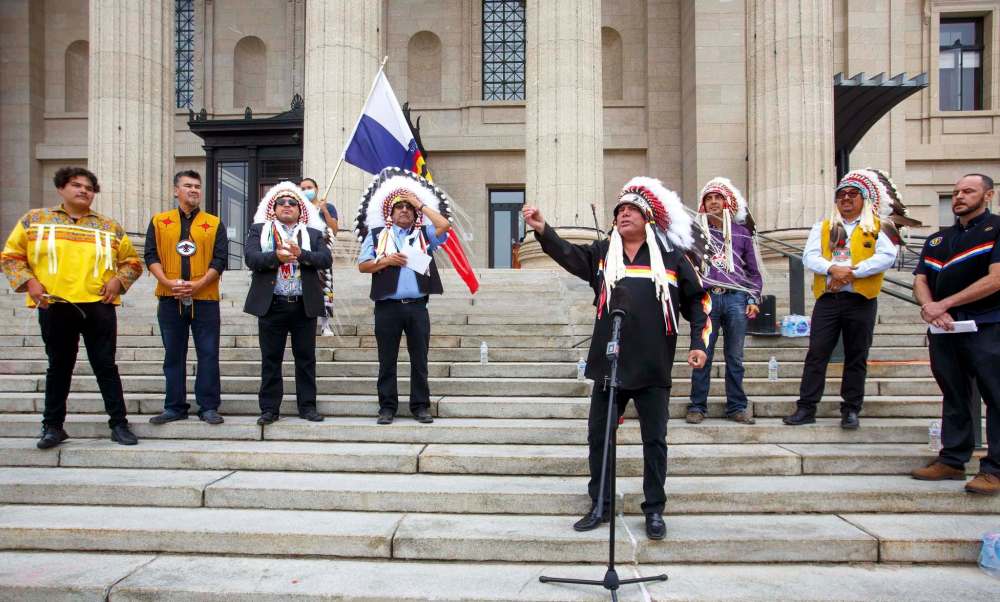
Posted:
Manitoba’s grand chiefs are calling on Premier Brian Pallister to resign, as his party tries to quell frustration over ahistorical residential-school comments he and his new Indigenous reconciliation minister have made.
Elders have long-believed there are unmarked graves on the property, and the band pledged shortly after the revelation of such burial sites in Kamloops, B.C., it would do its own searches.
Henderson said that includes searching grounds around the school and former medical centre, as well as near the former Fort Maurepas trading post and along riverbanks.
The band will then try to identify any found remains, likely with the help of records Catholic Oblates are currently transferring to the National Centre for Truth and Reconciliation in Winnipeg.
Children who attended the school were taken from 21 communities, some of whom never made it home.
Black River Chief Sheldon Kent said the news from B.C. and elsewhere has dredged up trauma in his community, just 25 km north of Sagkeeng.
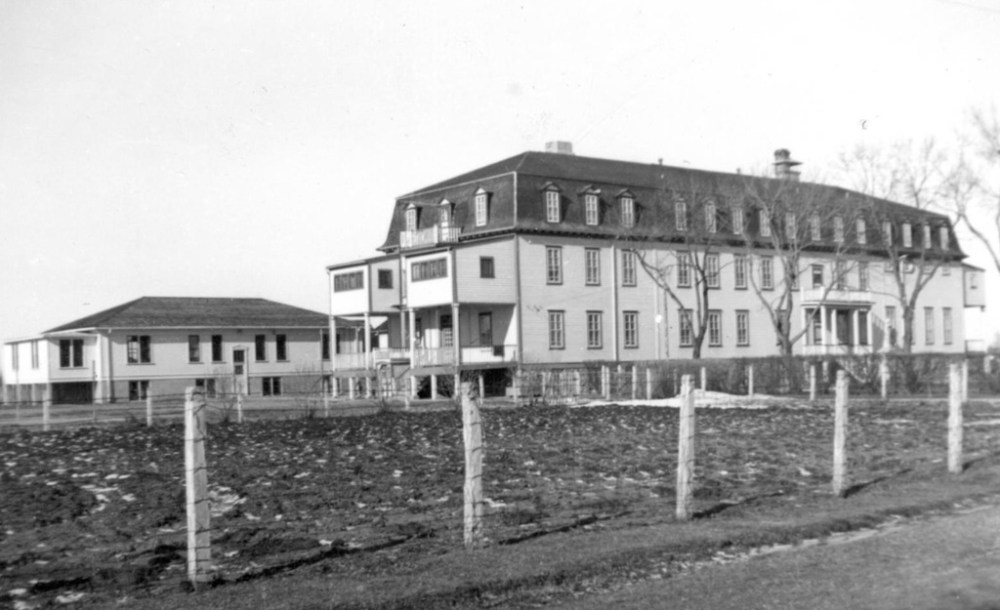
“Some are turning to alcohol. They were living sober lives for a number of years, but they’re turning to substance abuse to numb the pains again,” he said in an interview.
“They’re going back to the old ways of blocking, and protecting themselves,” said Kent, who took part in a pipe ceremony and water ceremony this past weekend at Sagkeeng.
Black River has mobilized a mental health team, after already seeing people struggle with reports of burial sites in other provinces.
“They weren’t prepared, because they probably blocked those harmful memories about the trauma they’ve experienced, and this retriggered lots,” Kent said.
“I pray for them, that when we discover them, they’re able to grieve.”
Henderson said locals also want accountability if they uncover any evidence of crimes.
Former students recalled corporal punishment and widespread sexual abuse at the school; including former Assembly of First Nations national chief Phil Fontaine in a famous 1990 interview.
The Truth and Reconciliation Commission of Canada found documentation of numerous runaways at the Fort Alexander school, which operated from 1905 to 1970, as well as as inadequate firefighting equipment, contaminated water and parents being denied visits.
When the local high school reached capacity, students were sent back to the residential school for their studies.
A 1953 report recommended the school close, after an inspector found at least 15 centimetres of sewage overflowing in the boiler room and seeping into the boys’ playroom, producing a smell “unbearable and no human being should be asked to live under such circumstances.”
A farm used to run on the schoolgrounds, where a closed dormitory was later converted into a garment factory.
Henderson said Sagkeeng band members fundraised to do the search, as both the Trudeau and Pallister governments’ funding for such tasks appear to take a long time to access.
“I’m not going to wait for the government to fund what we’re doing,” he said.
dylan.robertson@freepress.mb.ca
History
Updated on Monday, July 19, 2021 9:02 PM CDT: Removes duplicated word.



